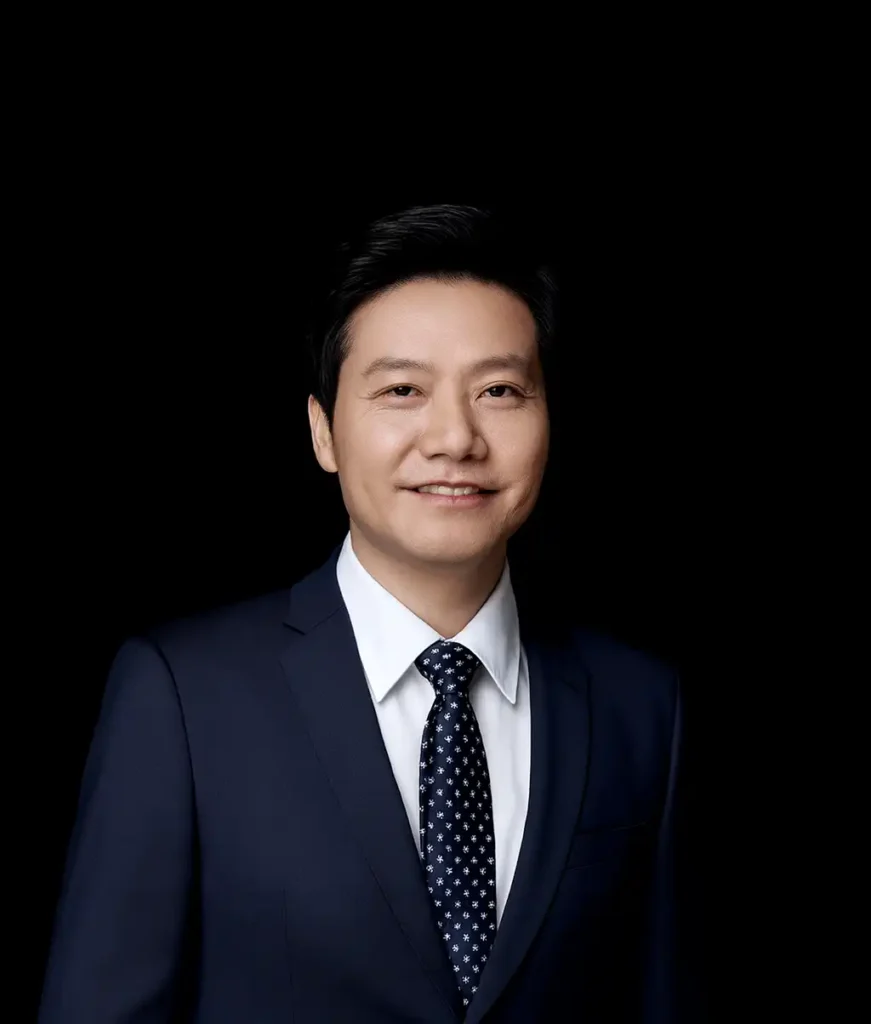Sylvain Tremblay
A JOURNEY FROM PASSION TO GLOBAL RECOGNITION
By Alhanouf Alrowaili

Sylvain Tremblay, a Canadian artist and professor at the Canadian University of Dubai, has captivated audiences with his deeply humanistic projects that explore themes like human suffering, the pandemic’s impact on relationships, and gender identity. Known for his unique technique of sculpture painting, Tremblay uses a textured base and gesso primer to create 3D shapes on canvas before bringing his compositions to life with vivid colors. His works range from large, thought-provoking pieces to intimate portraits commissioned by individuals and families, all carrying meaningful messages.
Driven by a sense of compassion, Tremblay has made generous contributions to cancer charities, donating original paintings to support hospital fundraisers. Between 2012 and 2015, he embarked on a groundbreaking exploration of gender duality, traveling through France, Morocco, Taiwan, and South Africa to meet intersex individuals. This experience culminated in the creation of his book No Gender, as well as several art pieces and a documentary video.
His work on the No Gender project challenges the binary perception of gender, sparking discussions around the complexities of identity. In collaboration with Montreal’s Never Apart gallery, Tremblay presented an exhibition that questioned societal norms about gender, including how these norms impact those who don’t conform to traditional classifications.
The idea for the exhibition came after witnessing a life-changing event at an orphanage in Vietnam, where he saw medical professionals decide on a baby’s gender through surgery. Moved by the implications of such choices, Tremblay traveled the world to meet individuals with similar stories, creating art that explores the arbitrary and sometimes traumatic nature of gender assignment.
Tremblay’s exhibition included large modern artworks that addressed the challenges of the binary gender system. One of his most notable pieces was a canvas covered in children’s toys—often strongly associated with specific genders—splattered in red paint. “I chose red because blood symbolizes both life and death,” Tremblay explained. This color scheme, alongside modern films shown in a dark room within the gallery, created an immersive experience that questioned how society labels and restricts gender identity.
One visitor, a gender-neutral friend of Tremblay’s named Cigosi, provided powerful insights on the irreversible nature of early surgical interventions on intersex children. “Once a baby’s male organ is removed or their female organ is sewn up, that’s it,” Cigosi said. Tremblay’s display encouraged viewers to reflect on how deeply ingrained gender norms shape our lives, often leaving people feeling pressured to conform to limiting standards.


During the 2020 pandemic, Tremblay expressed his reflec – tions through art with The Pandemic, a piece inspired by his time separated from his partner due to travel restric – tions. Immersing himself in the experience of separation, Tremblay’s piece captures the emotional weight of physical barriers.
Set against a wall that symbolizes the US-Mexico border, his painting shows two figures, separated by wa – ter, one holding a heart—symbols of resilience and hope during challenging times. His experience at the Tijuana Playas wall in Mexico deeply influenced the artwork, where he saw how Mexican artists turned the border’s harsh symbolism into an expression of unity and connection.
Tremblay’s passion for art began in his childhood in Quebec City, under the influence of his grandmother, a professional painter who recognized his potential early on. She left him her studio after her passing, a legacy that fueled his journey into professional artistry. Though he initially considered a medical career, he was drawn to art’s emotional depth and creative freedom.
His work has since been showcased internationally, from Canada and the United States to Europe and Asia, as well as in prestigious galleries such as the Opera Gallery and Thompson Landry Gallery. In 2014, Tremblay paid tribute to UAE heritage by cre – ating the largest portrait of Sheikh Zayed using colored sand, crafted from a hot-air balloon in the desert.
In 2016, he represented Canada at the G20 meeting in China and was honored by the Canadian Embassy for his contributions during Canada Week in the UAE. His work has appeared at global events, including Expo 2010 in Shanghai, where he participated in the Cana – da Pavilion through the Canada Council for the Arts.
Tremblay’s art extends beyond galleries into live performances, such as his memorable demonstration at the Burj Khalifa in 2014, where he created a sand portrait of the Mona Lisa in front of VIP visitors. Admitting to initial nerves, he soon embraced the unique energy of creating art live, connecting deeply with audiences as they watched his process unfold.
Sylvain Tremblay’s journey is a remarkable blend of artistic exploration and social consciousness. His work, from introspective pieces on gender and identity to powerful representations of human connection and resilience, speaks to his commitment to making art a meaningful and transformative force. Using his distinct technique, he bridges the emotional and the surreal, offering viewers a canvas of shared stories that touch on love, pain, and empathy an artistry that continues to inspire across borders.




















